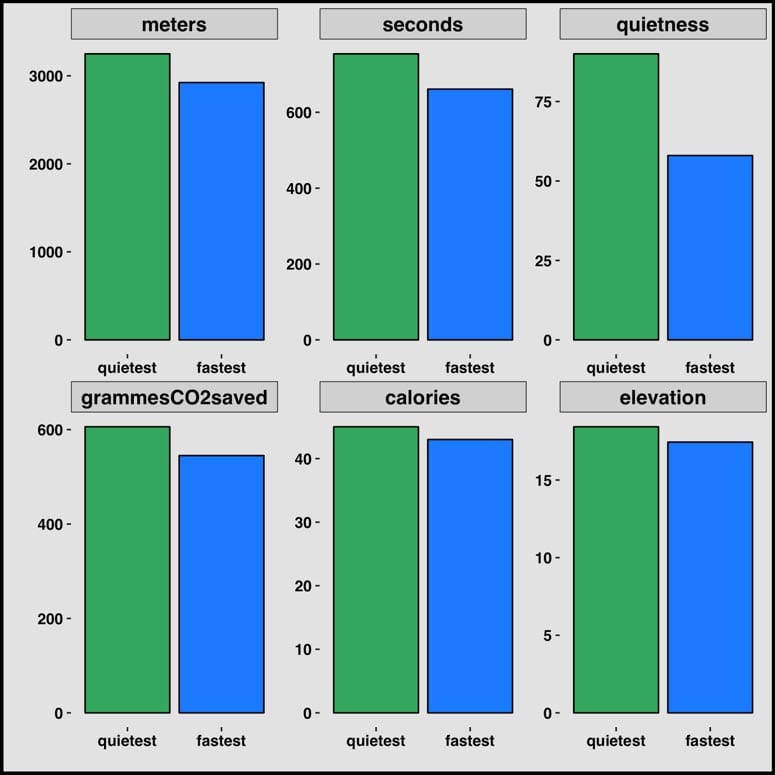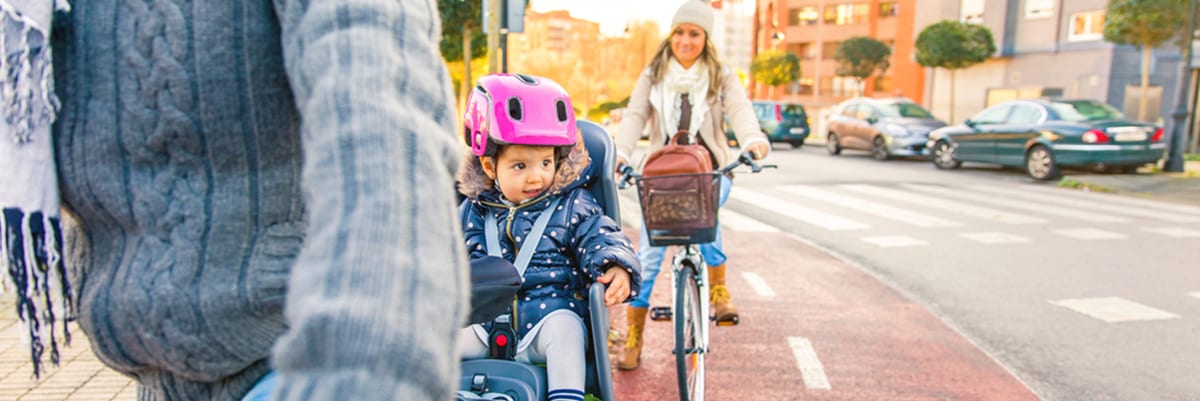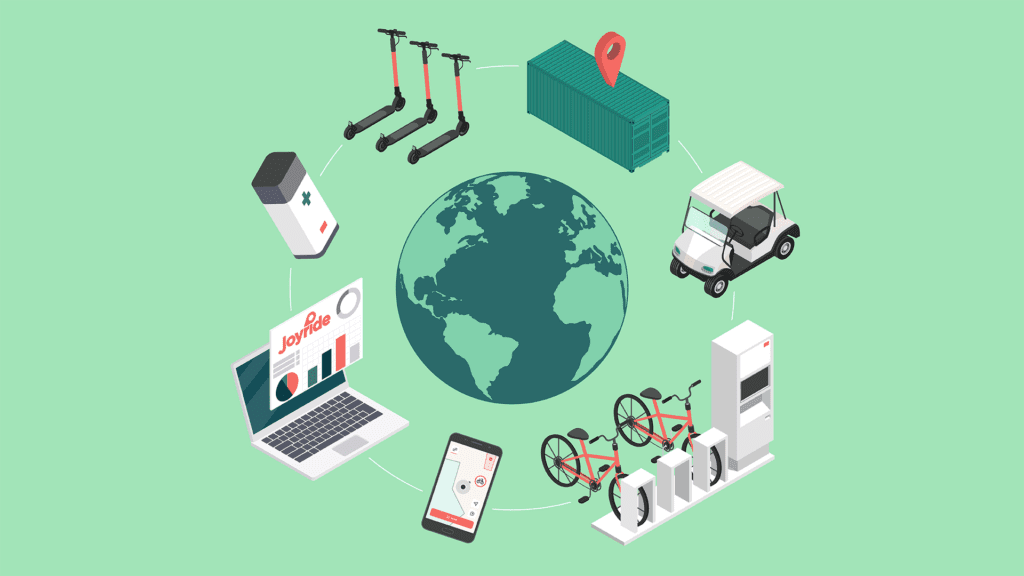In January, Future Cities Catapult hosted Clare Rogers, founding member of Better Streets for Enfield, during its lunchtime talk series. As a parent cyclist riding a tandem for the school run, she related the struggles and successes of implementing the TfL’s US$39-million bid to turn three outer London boroughs into “Mini Hollands”. Making inner-London streets cyclist-friendly has been an even greater challenge with sparse street real estate and heavy traffic. In 2016, only 6% of parent cyclists were willing to allow their children to cycle on the street, with many reporting abuse and dangerous overtaking from other road users.
Despite the challenges, cycling as a means of transportation in London is more popular than ever, with impressive volumes of cycling journeys taking place (as shown in this visualization by Strava Labs). However, much of the cycling contingent remains understood, making it more difficult to design for safety.
Joyride is poised to change this through cycling analytics technology leveraging public Wi-Fi. As part of an urban Internet of Things (IoT) experimentation test bed project Things Connected, we conducted a month-long experiment in collaboration with the London Cycle Campaign in order to track the cycling experiences of a group of 20 parent cyclists using low-power sensors. Most parents self-reported cycling with one to two children ranging in age from two and six using predominantly child seats and cargo bikes. Their journeys were mostly following routes with heavy traffic with at times dangerous conditions, although they would avoid such when possible (going through parks and by canals).
Experiment and learnings
The goal was to collect data on a group that’s often overlooked in planning cycling infrastructure: families. That’s why it made sense to us to reach out to parents who make the (sometimes nerve wracking) trek through London’s network of bike routes. We were interested in collecting data from people who (based on our assumptions) are more cautious while riding, and perhaps favour quietways over superhighways.
Leveraging the Things Connected LoRa network, Joyride used IoT devices to collect data such as location and speed in near real-time. Because the network is deployed as an experimental testbed in its initial stages, coverage is still incomplete, limiting data collection abilities to pockets of London. This presented a challenge because we could only study families who rode within the network.
Due to latency, LoRa devices attached to bikes send out infrequent readings of GPS coordinates. This is good for battery life but is a problem for detecting precise routing. To overcome this, we used the Cycle Streets API to reconstruct routes, feeding it a sequence of location readings and outputting a plausible route considering the cycle network. The API can fit coordinates to either the most ‘balanced’ route, the fastest, or shortest route. For each journey, we produced a map to show these alternatives and found that in our sample, parents tend to always follow the fastest route. Usually child drop-off happens within a few blocks of the home location of the cyclist, followed by a longer journey to work taking the fastest route.

Map of one parent cyclist’s daily route. Origin is the green dot and destination is the red. While the fastest route suits more confident cyclists like our parent in this sample and the quietest route favours more pleasant but less direct routes. Despite our small sample size, we consistently found that parents who cycle behave like experienced urban cyclists, taking the fastest route.
Cycle Streets API also returns a number of other estimates about the route such as the number of signalled junctions and quietness of the route, as well as the grammes CO2 saved based on an estimate of emissions for a similar car journey. For the illustrated route, the fastest route saved 282 meters and 1.5 minutes in travel time, while the quietest route was 29% quieter according to the Cycle Streets API estimate. Our parent cyclist saved 545 grammes of CO2 emissions and burned 43 kilocalories. Details of calculations available here and here.

Wireless connectivity has converted cities into complex feedback systems, offering unprecedented insight into the pulse of the urban ecosystem. The vision of the “smart city” is well described by the layers of sensing, analysing and then acting upon this pulse. This (very) small-scale urban experiment taught us about sensing the experiences and analysing the behaviour of an understudied group of urban cyclists who ride with their children. Albeit being more vulnerable road users, they do not diverge from typical cyclist behaviour greatly. This suggests that parents who cycle with their children are experienced cyclist who take the route of the confident cyclist. This resonates with the more general issues of why people who could commute by bike in London still don’t – other hostile road users, traffic complexity and a general lack of cycling safety infrastructure such as segregated bike lanes. With TfL assessments showing a 5:1 benefit-to-cost ratio for cycling scheme grants, we hope to see more varied cyclist populations, including more families and kids in the coming years.






